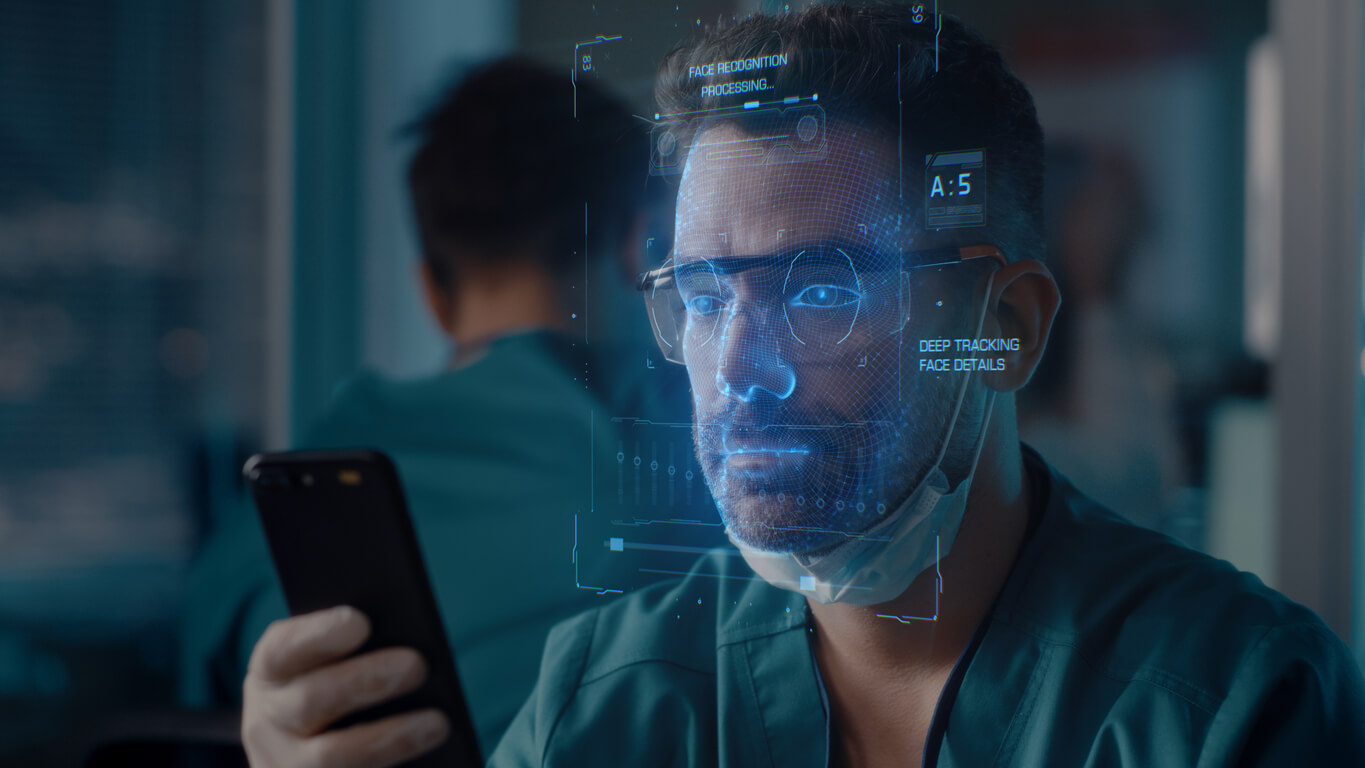
How retrospective facial recognition systems transform criminal investigations
As crime gets more sophisticated, law enforcement technology must evolve to stay ahead. A retrospective facial recognition system is an ideal tool for this fast-paced world, because it helps officers to identify suspects in a fraction of the time.
What are retrospective facial recognition systems?
Facial recognition systems are how devices recognize faces. At a basic level, they create ‘maps’ of people’s features from a photo or video then check a database to find a match. This once groundbreaking technology is now a natural part of modern life, unlocking hundreds of millions of phones every day.
Unlike their ‘live’ counterparts, retrospective facial recognition systems check for identity matches post-event. They might check against photos or recorded footage from CCTV cameras, dashcams, doorbells or cell phones. Increasingly, they’re playing a vital role helping law enforcement agencies to investigate crime.
Making criminal investigations more effective
Solving a crime often starts with making a positive ID of the suspect or suspects. Yet this can be the most frustrating part of an investigation. Agency databases might contain tens of thousands of different images. And without any distinguishing features to narrow it down, it’s resource intensive at best.
This is where retrospective facial recognition (RFR) systems come into their own. A good system can match up to three million images per second, narrowing the search at a speed that’s impossible to achieve manually.
Four big benefits of RFR systems
When is comes to criminal investigations, the benefits of RFR fall into four main areas:
1 . Identifying suspects quickly
When the heat is on, RFR can speed up suspect identification by finding a match from photos or recorded footage. For example, CCTV recordings from a public bus helped a UK police force to identify and arrest a suspect in a violent attack within 48 hours. He was eventually jailed for life.
2. Solving cold cases
A good RFR can map facial features and match them against old photo or video archives, helping to breathe new life into cold cases. This technology was even able to identify Australian WWI veterans by comparing images from 1916 with existing photos.
3. Building up intelligence
RFR can help to build a greater understanding of criminal behaviour, for example identifying known associates of a convicted drug dealer to aid ongoing investigations and arrests.
4. Keeping officers safe
Knowing if a suspect can be violent is key to reducing the risk of harm. By checking a suspect’s image in other agency systems, like custody, officers can take the right precautions at all times.
Ensuring ethical and proportionate use
Although facial recognition technology is in daily use, law enforcement agencies can still encounter resistance to its use post-event. That’s why it’s important to use systems that perform with the highest degree of accuracy, regardless of race or gender.
NEC’s NeoFace algorithm is ranked first for accuracy in the US National Institute of Science and Technology’s annual ratings. Built on 40 years of experience, it copes well with ageing, angles, headwear and poor lighting. It also comes with built-in safeguards to support proportionate use, with auditing and reporting and a range of data retention tools.
AI-enabled facial recognition already supports investigations in almost half of EU member states[1], as well as multiple agencies in the US and UK. When it helps to make investigations faster and more efficient, it’s easy to see why.
Find out more
Find out more about our Retrospective Facial Recognition System.
If you’d like to find out more about how we can help your organisation take advantage of the latest technology, let us know at hello@necsws.com or call us on 01442 768445.
Find out more about our police records management system NEC Connect.
Find out what our customers are saying here.

